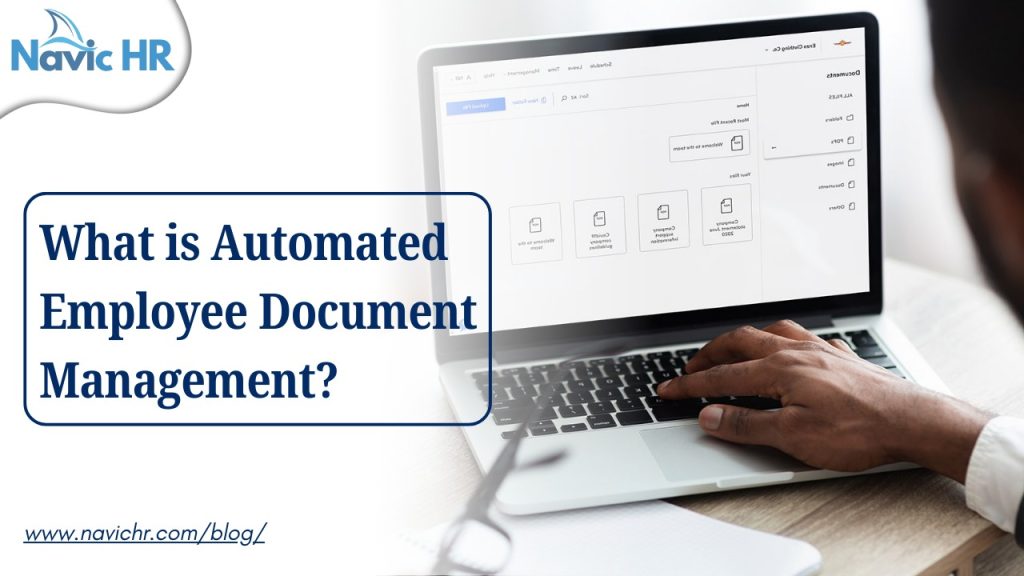
Automated employee Document Management refers to the use of software and technology to handle the creation, storage, retrieval, and management of employee-related documents. This includes contracts, performance reviews, onboarding documents, training materials, and more. Automation reduces the reliance on paper-based processes and manual handling, leading to a more efficient and organized system.
Key Benefits
1. Increased Efficiency
Automation speeds up document processing, reducing the time HR personnel spend on administrative tasks. Employees can quickly access necessary documents without delays.
2. Improved Organization
Digital document management systems help organize files systematically, making it easier to retrieve information when needed. This reduces clutter and improves overall workplace organization.
3. Enhanced Compliance
Automated systems can include compliance checks and reminders for document updates, ensuring that organizations adhere to legal and regulatory requirements.
4. Cost Savings
By reducing paper usage and storage costs, organizations can save money. Additionally, the time saved on document management can be redirected to more strategic HR initiatives.
5. Accessibility
Employees can access their documents anytime and from anywhere, facilitating remote work and improving employee satisfaction. This is particularly important in today’s flexible work environments.
6. Security and Confidentiality
Automated systems can provide enhanced security features, such as encryption and access controls, ensuring that sensitive employee information is protected.
7. Streamlined Onboarding
Automated document management simplifies the onboarding process by providing new employees with all necessary documents digitally, allowing for a smoother transition into the organization.
8. Version Control
Automated systems maintain version control, ensuring that all employees have access to the most up-to-date documents and reducing confusion over outdated information.
Best Practices for Implementation
1. Choose the Right Software
Select a document management system that meets your organization’s specific needs, considering factors like scalability, user-friendliness, and integration capabilities with existing HR systems.
2. Data Migration
Plan for the migration of existing documents into the new system. Ensure that documents are properly categorized and organized during this process.
3. Training and Support
Provide training for HR personnel and employees on how to use the new system effectively. Ongoing support is crucial for addressing any issues that arise.
4. Establish Clear Policies
Develop clear policies regarding document management, including guidelines for document creation, storage, access, and retention.
5. Regular Audits
Conduct regular audits of the document management system to ensure compliance, security, and efficiency. This helps identify areas for improvement.
Conclusion
Automated employee document management is an essential tool for modern HR departments. By leveraging technology to streamline document handling, organizations can improve efficiency, compliance, and employee satisfaction. Implementing best practices will ensure a smooth transition and maximize the benefits of an automated system.
